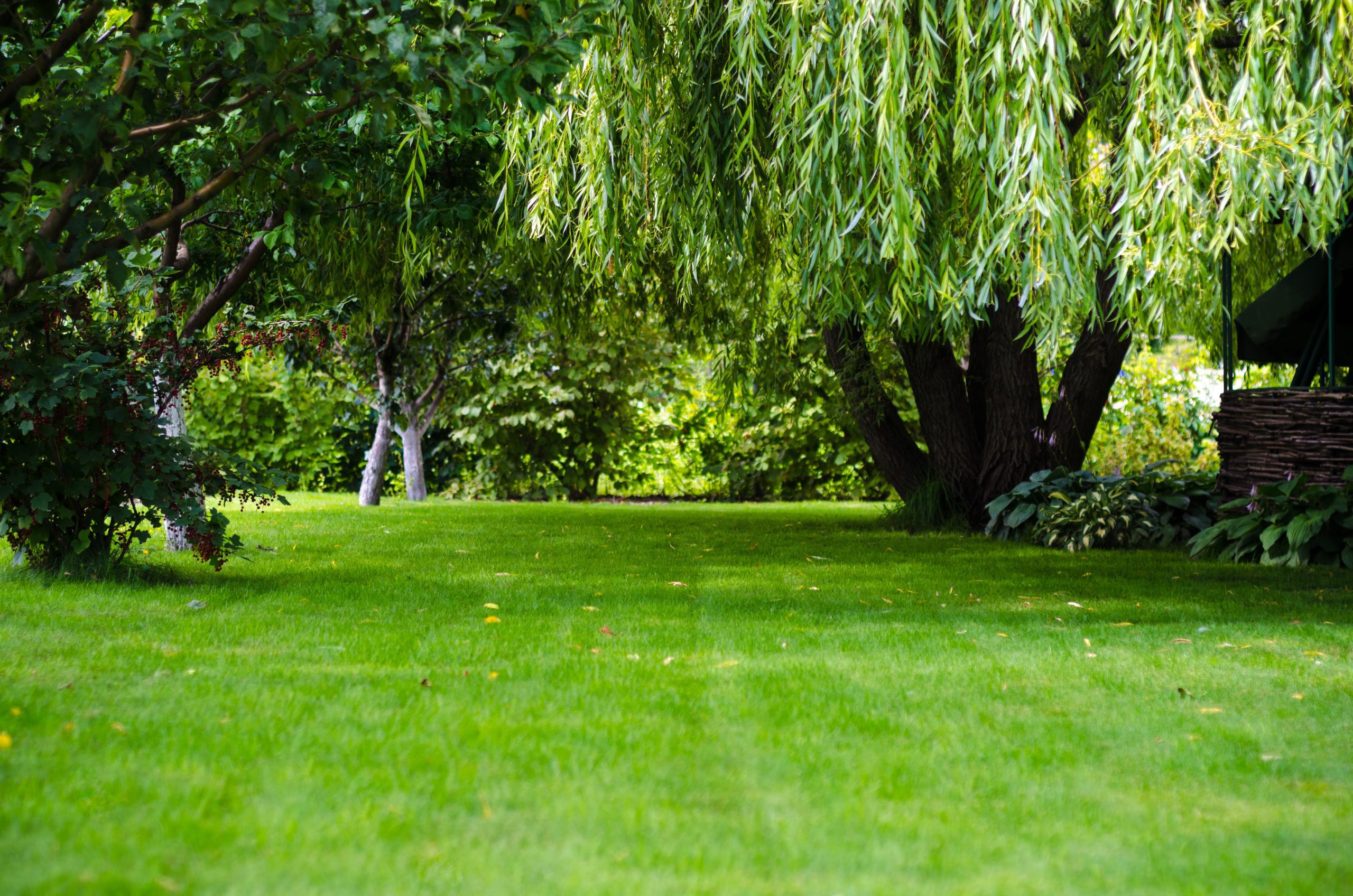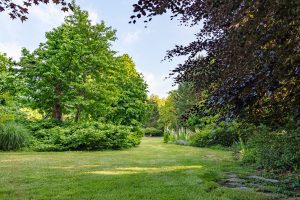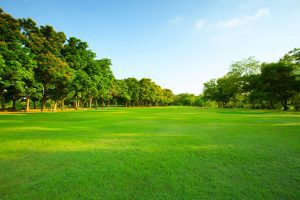There are several measures you can take to help prevent tree pests and diseases.
- Plant resistant tree species: Choose tree species that are naturally resistant or tolerant to common pests and diseases in your area. Consult with local arborists or extension services to identify suitable tree species for your region.
- Maintain tree health: Keep trees in good health by providing proper watering, fertilization, and mulching. Healthy trees are more resilient and better equipped to withstand pest and disease attacks.
- Prune properly: Regular pruning helps remove dead or diseased branches, improving tree airflow and reducing the risk of infections. Prune during the appropriate season to minimize stress on the tree.
- Practice good sanitation: Remove fallen leaves, branches, and other debris around trees regularly. Some pests and diseases can overwinter in debris, so proper sanitation helps eliminate potential sources of infestation.
- Monitor trees regularly: Regularly inspect trees for signs of pests or diseases, such as unusual holes, discoloration, wilting, or pest activity. Early detection allows for prompt action and reduces the risk of further spread.
Note the spread of diseases. Provide adequate space for each tree to grow and receive sufficient sunlight and airflow.
Remember that prevention is key when it comes to tree pests and diseases. By implementing these practices and staying vigilant, you can help maintain the health and vitality of your trees.







